What goes out on mobile devices most often, or why do we visit an Apple service for "repair" more often than with regard to another component? The battery has a limited lifespan, and it's only a matter of time before it's time to replace it. But would you like to see a return to the pre-iPhone days when the battery was routinely user-replaceable?
There another request by the European Commission, which in its new proposal states how to "force" smartphone and tablet manufacturers to produce not only more durable devices, but also to make them easier to repair. Everything is, of course, justified by the issue of ecology - specifically by reducing the carbon footprint.
It could be interest you
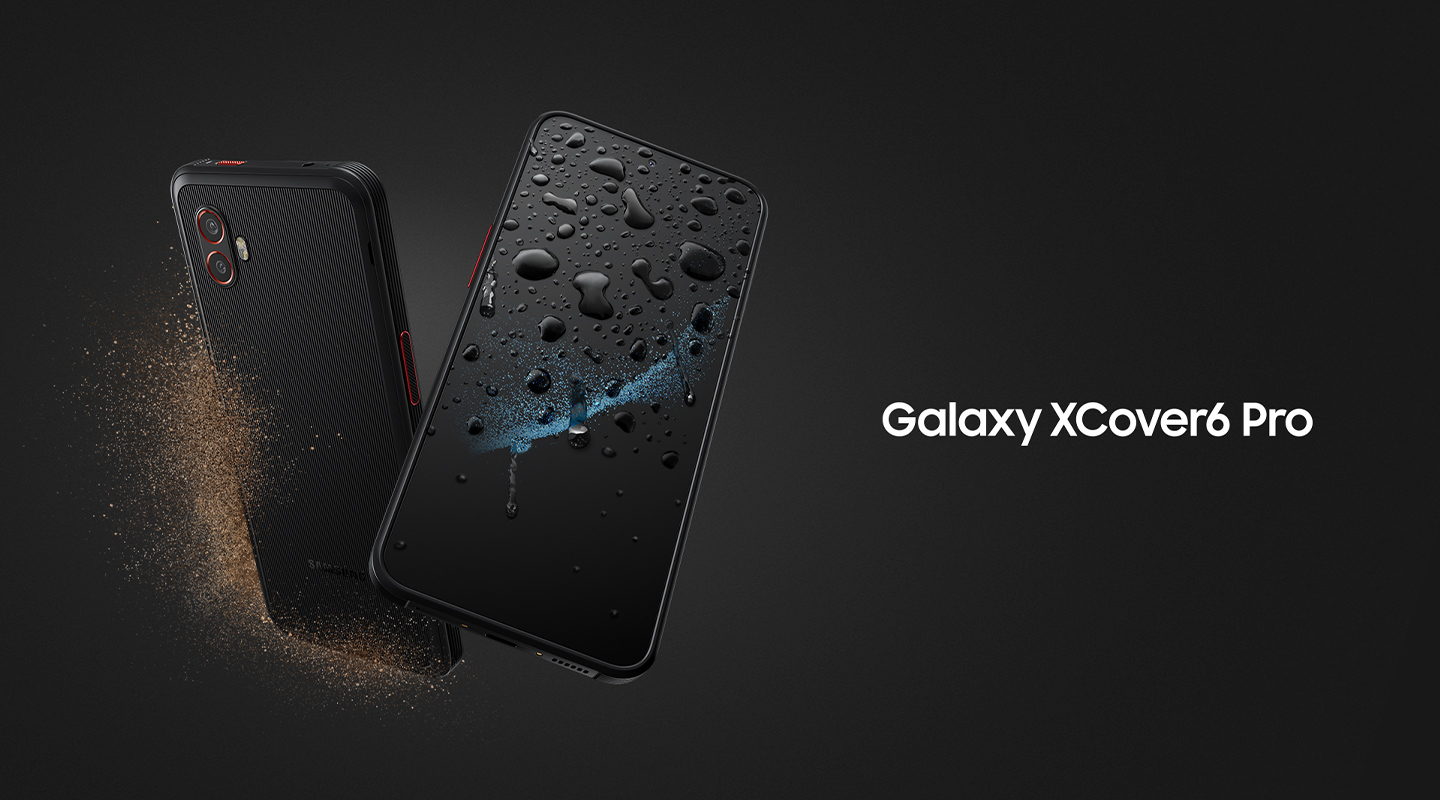
There are solutions, but they are few
We do not want to analyze the proposal as such, rather as its idea itself. In 2007, Apple introduced its iPhone, which did not have a user-replaceable battery, and which set a clear trend. He has never backed down from it, and we don't have a single iPhone model here that you simply remove the back and replace the battery. This has been adopted by other manufacturers and there are currently only a handful of devices on the market that allow this.
Samsung is the leader in this regard. The latter offers products from its XCover and Active series, where we have a phone with a plastic back cover that you can easily remove and, if you have a spare battery, you can replace it. You can even do that with his Galaxy Tab Active4 Pro tablet. The major catch here is that you can only get it specifically through B2B trade channels, just like the Galaxy XCover 6 Pro.
In this regard, these devices are not only user-friendly, but because they are intended for demanding conditions, they also have at least basic degrees of resistance. However, they do not quite logically reach those iPhones, because the devices are not as structurally closed as iPhones, where screws and glues are used. In addition, due to the reinforced frames, they are not really pretty at all. Their battery replacement is also not intended primarily to replace it when its capacity is reduced, but to replace it if you run out and you are out of the possibility of recharging it.
It could be interest you
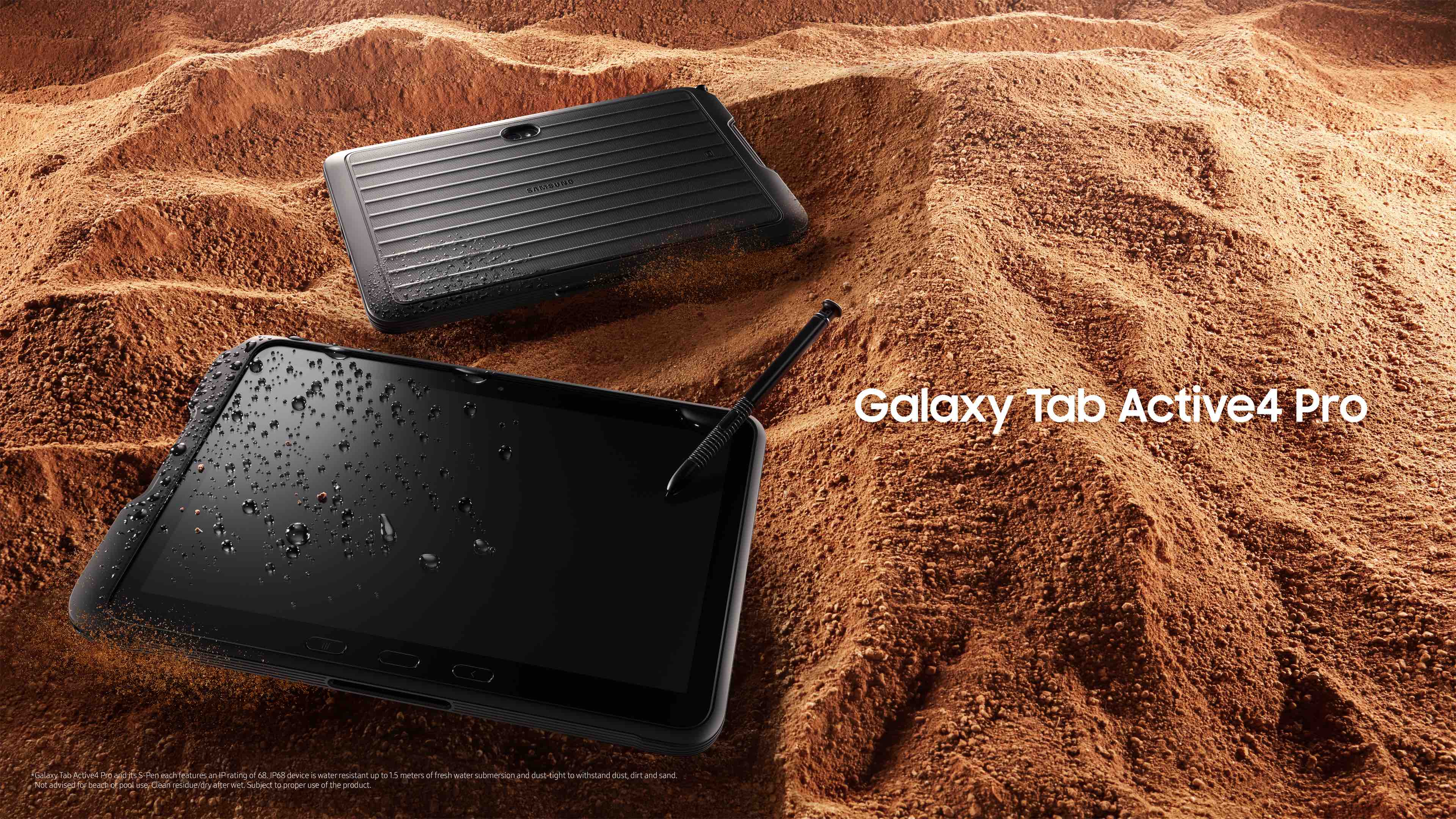
Ecological campaign
But the fundamental question is whether the user wants to deal with this at all. Apple and other manufacturers have slowly started and are increasingly starting their service programs, where even a basic skilled and educated user should be able to repair/replace basic components. But do any of us want to do that on a regular basis? Personally, I prefer to go to a service center and have the component replaced professionally.
Instead of pressuring manufacturers to go back to plastic backs and poor resistance to water and dust, they should make battery replacement more affordable considering its price and serviceability. Above all, the users themselves should think about ecology, if it is really necessary to change their devices after a year or two, when theirs, at least with regard to iPhones, can handle it easily for 5 years with a still up-to-date operating system. If you pay CZK 800 for a new battery once every two years, it will definitely not put you off.
 Samsung Magazine
Samsung Magazine 
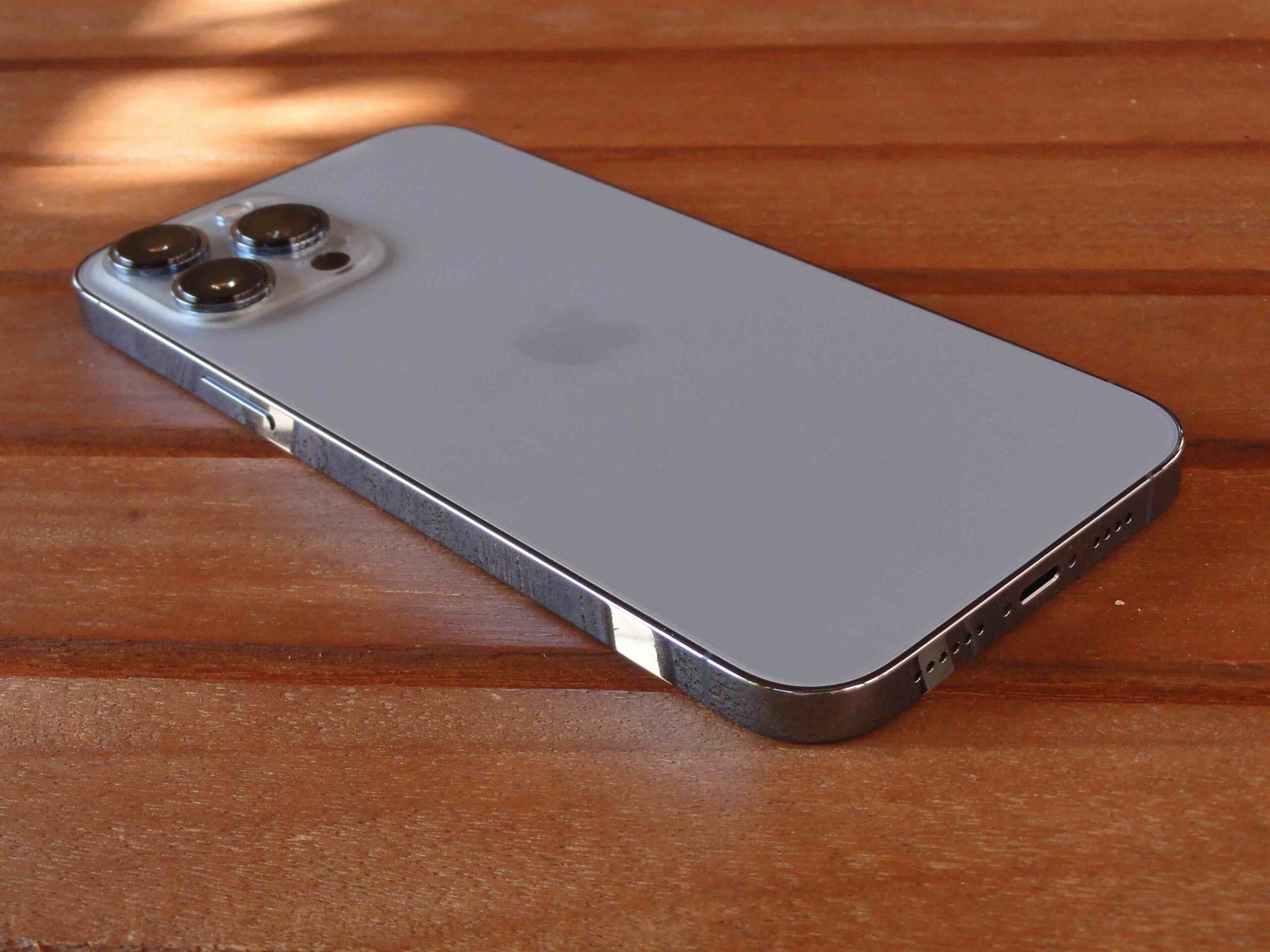
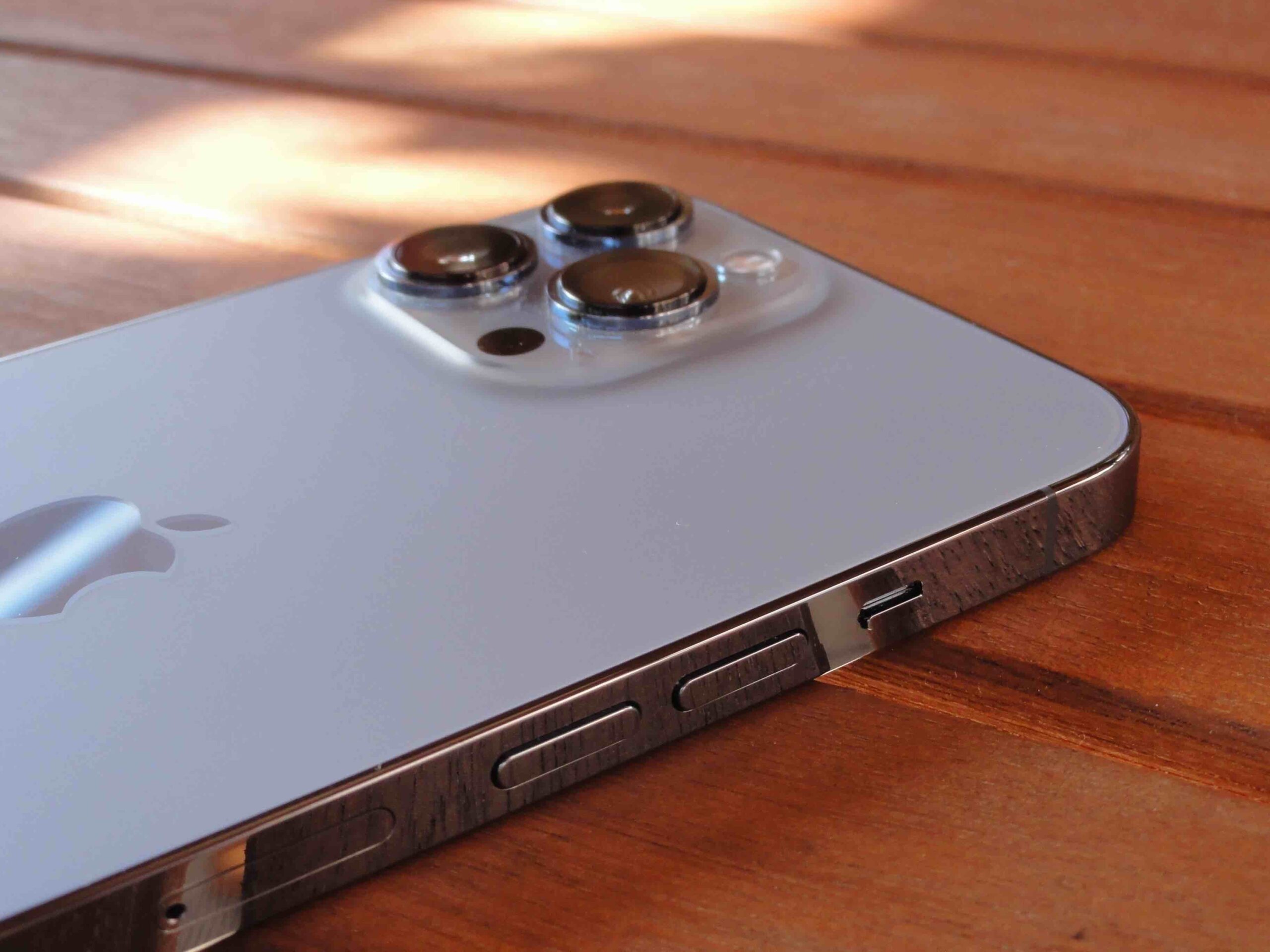
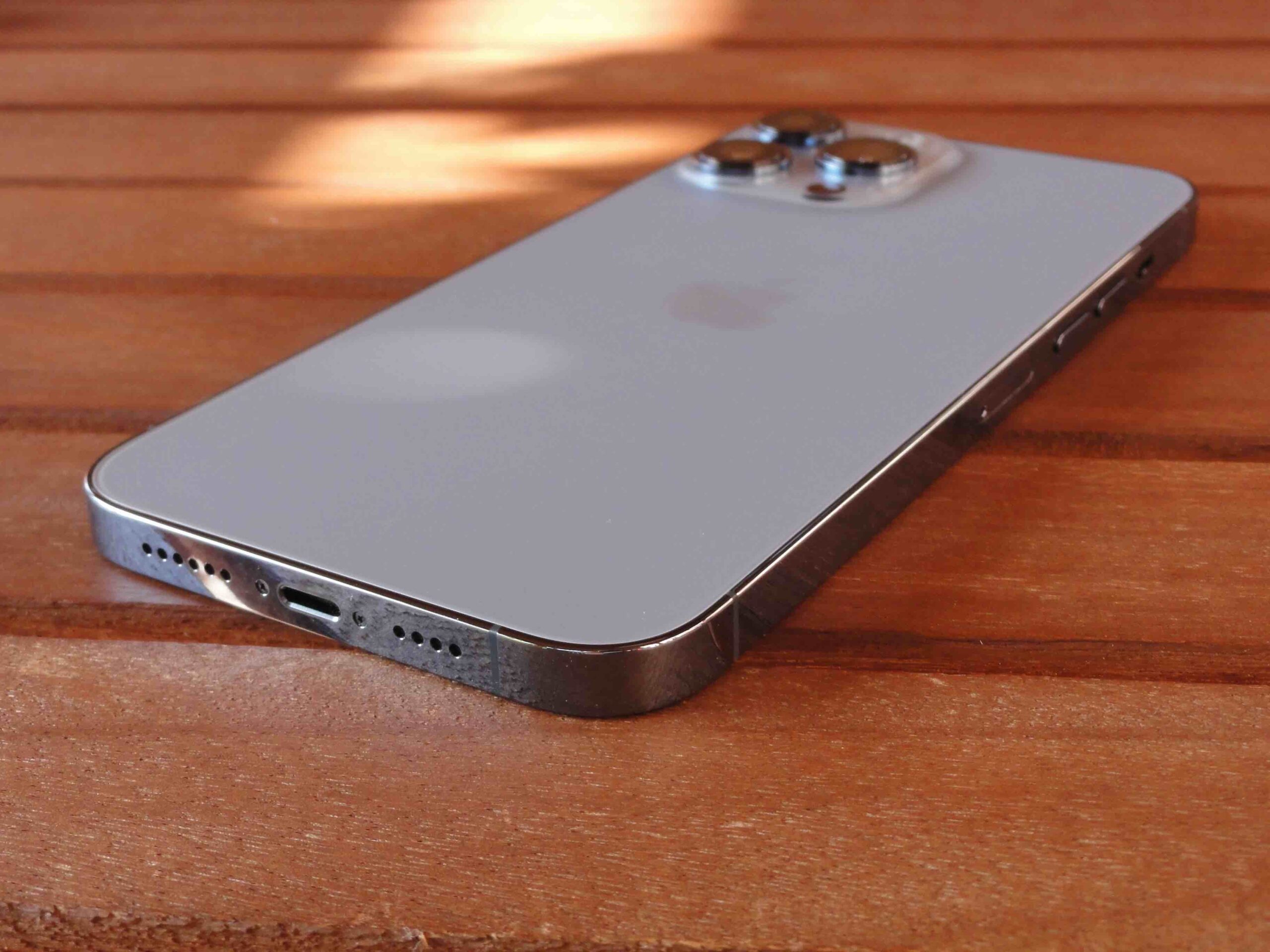
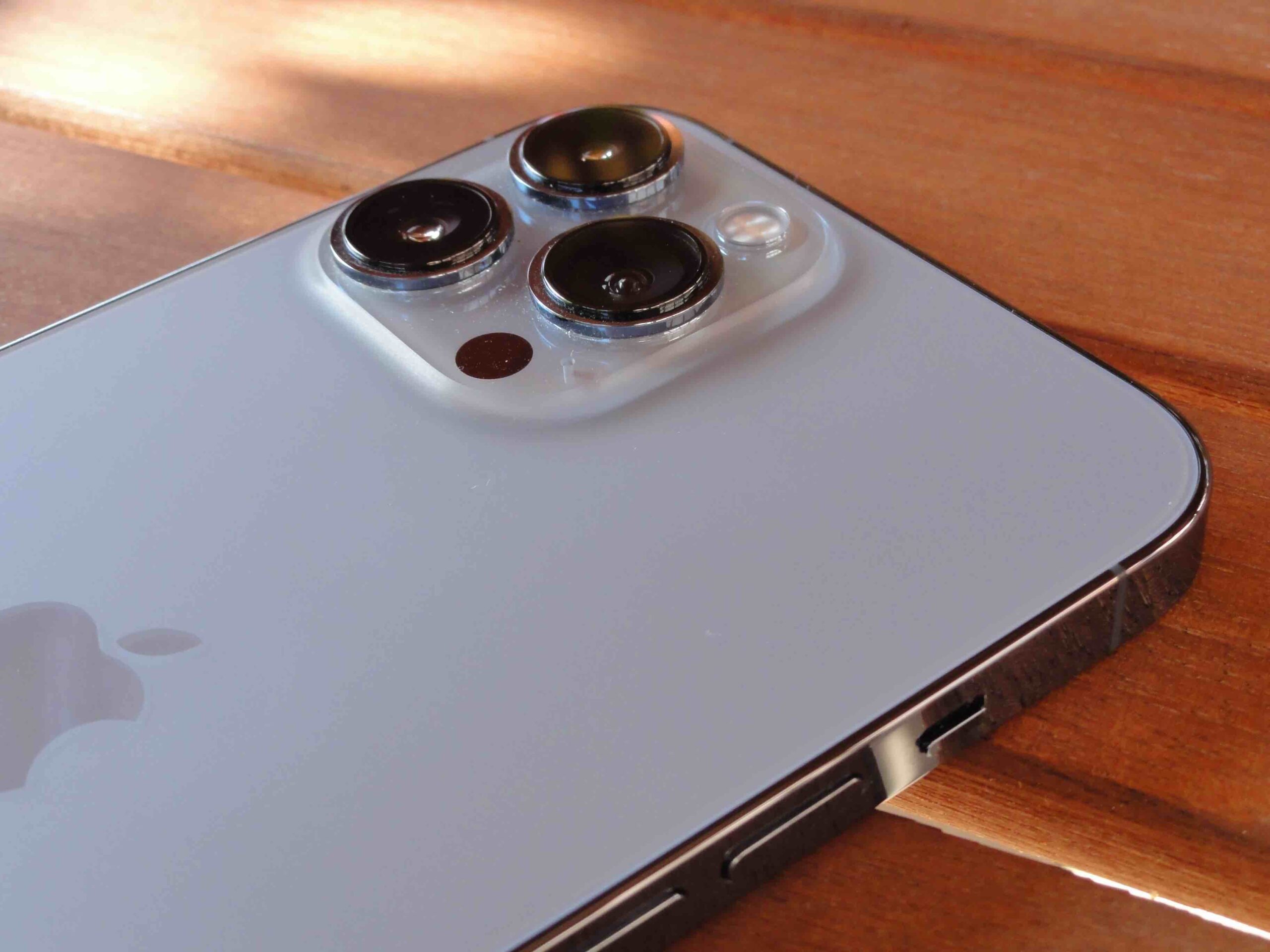
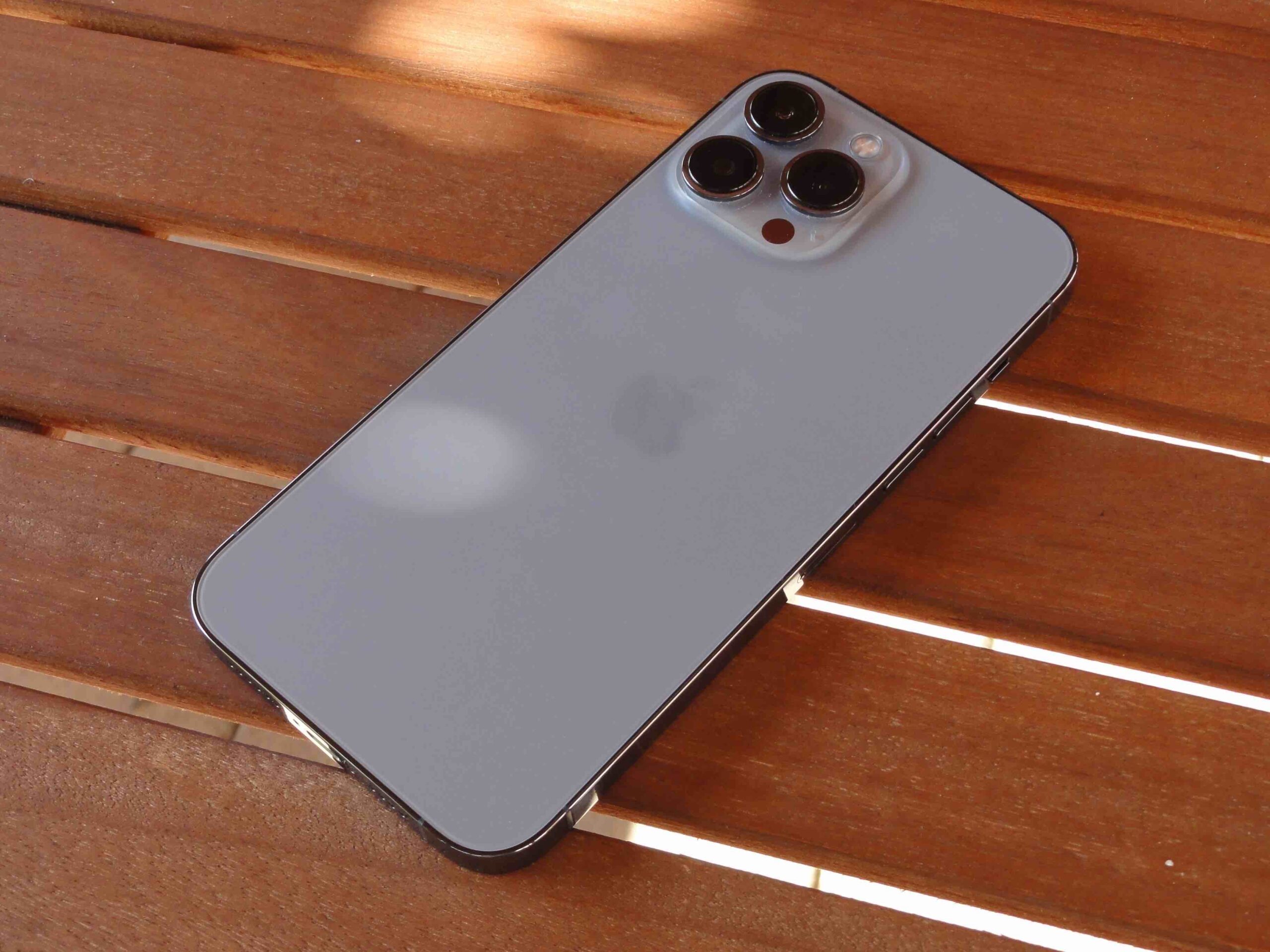
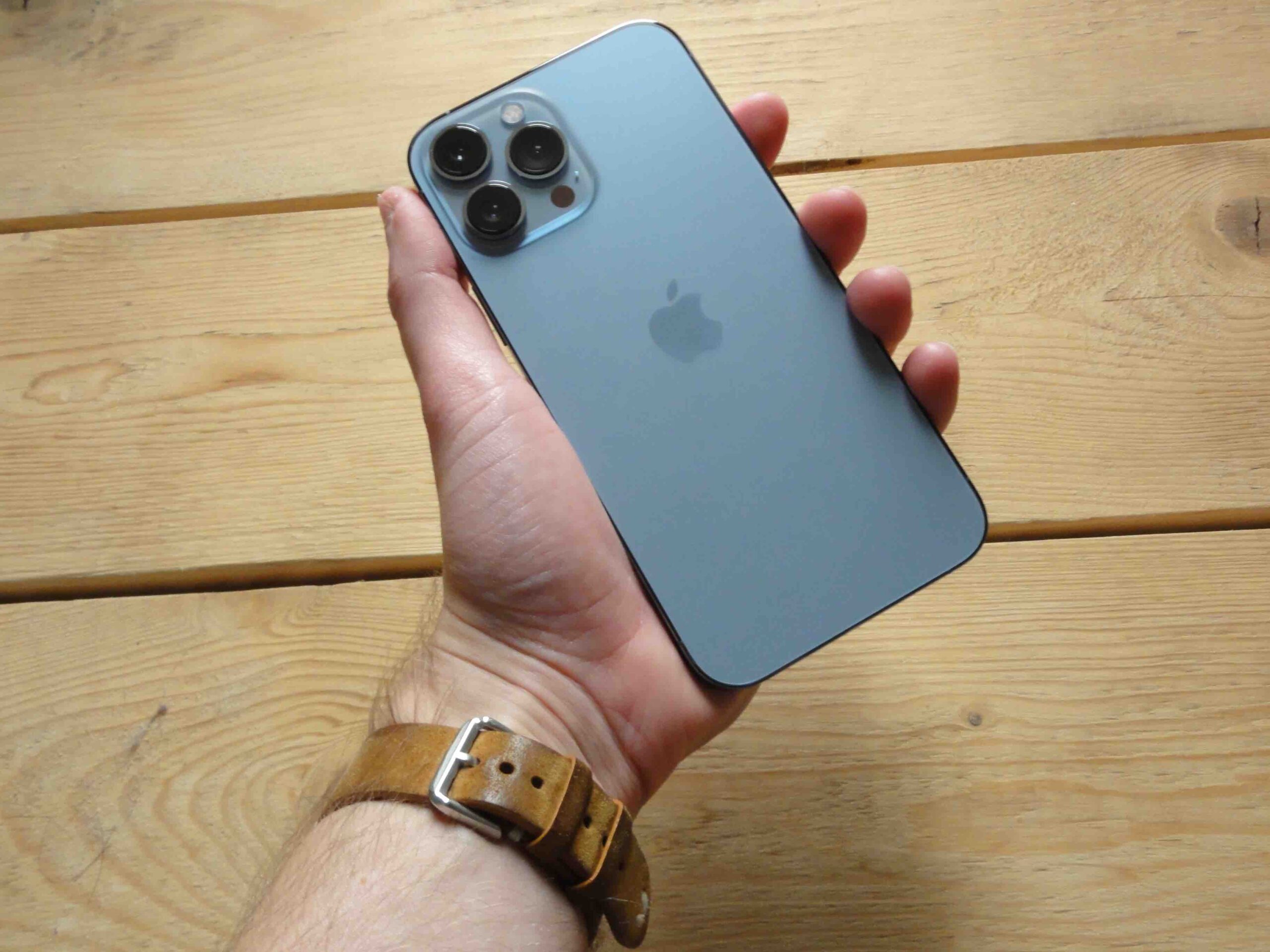


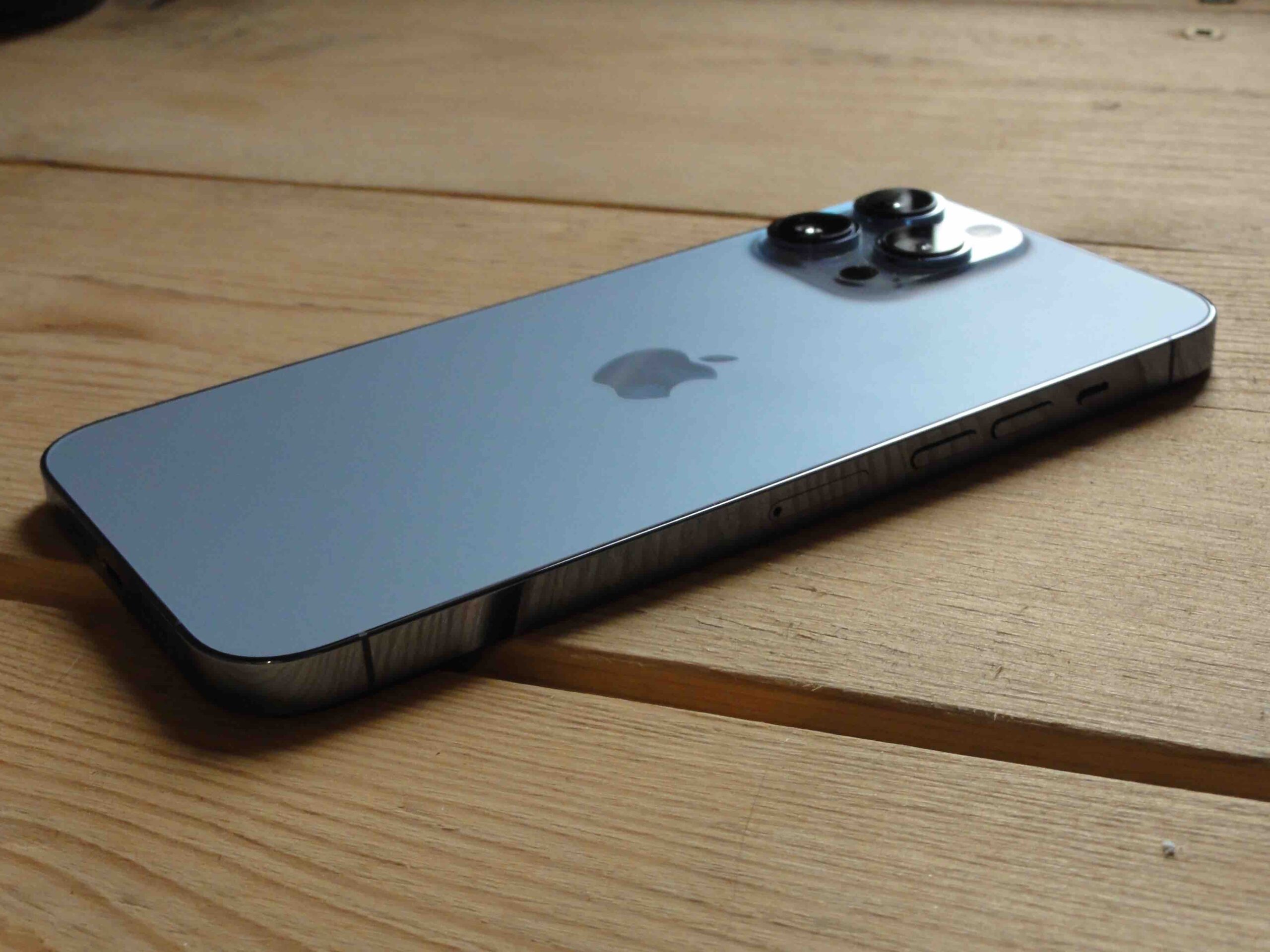
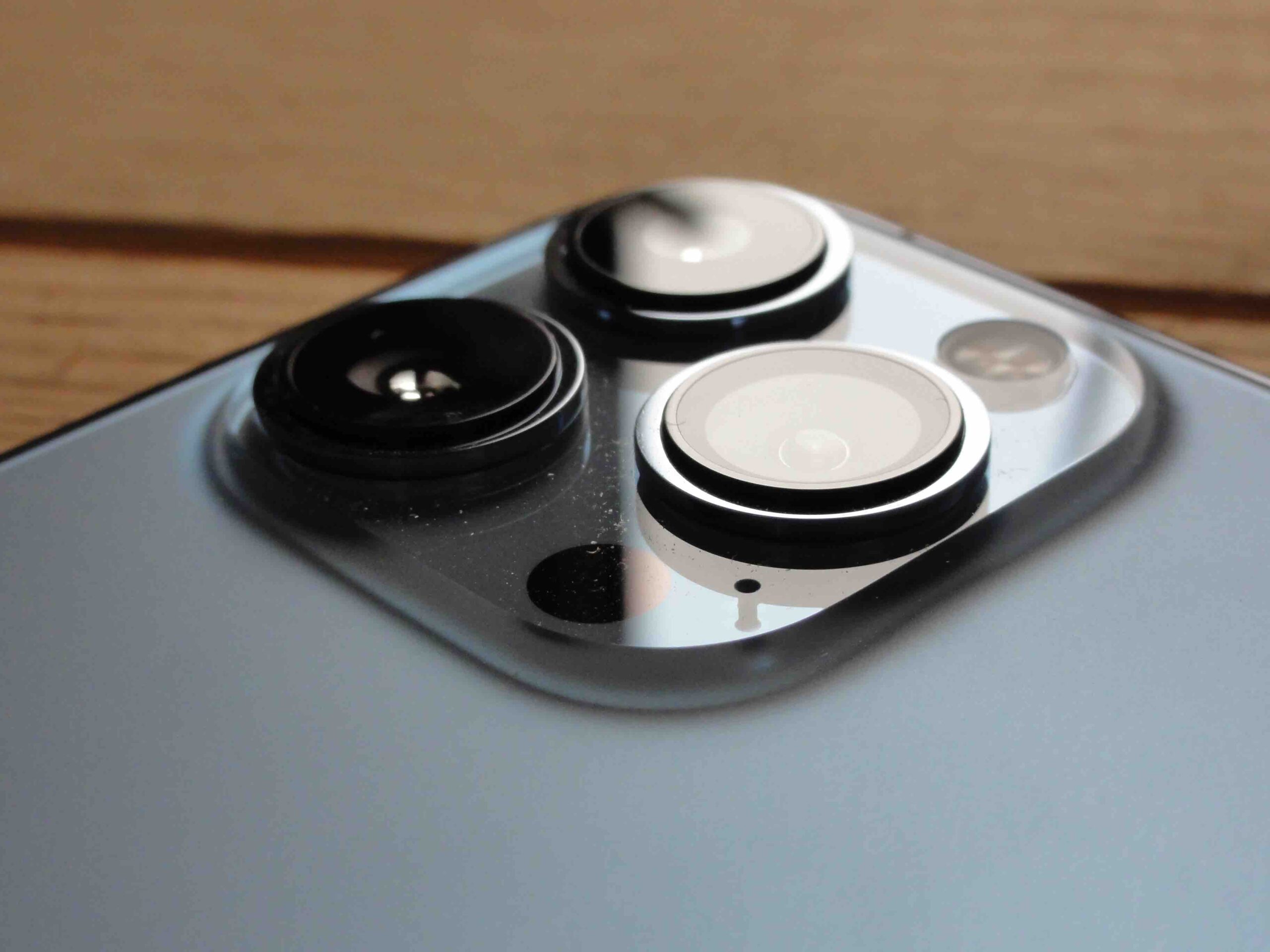

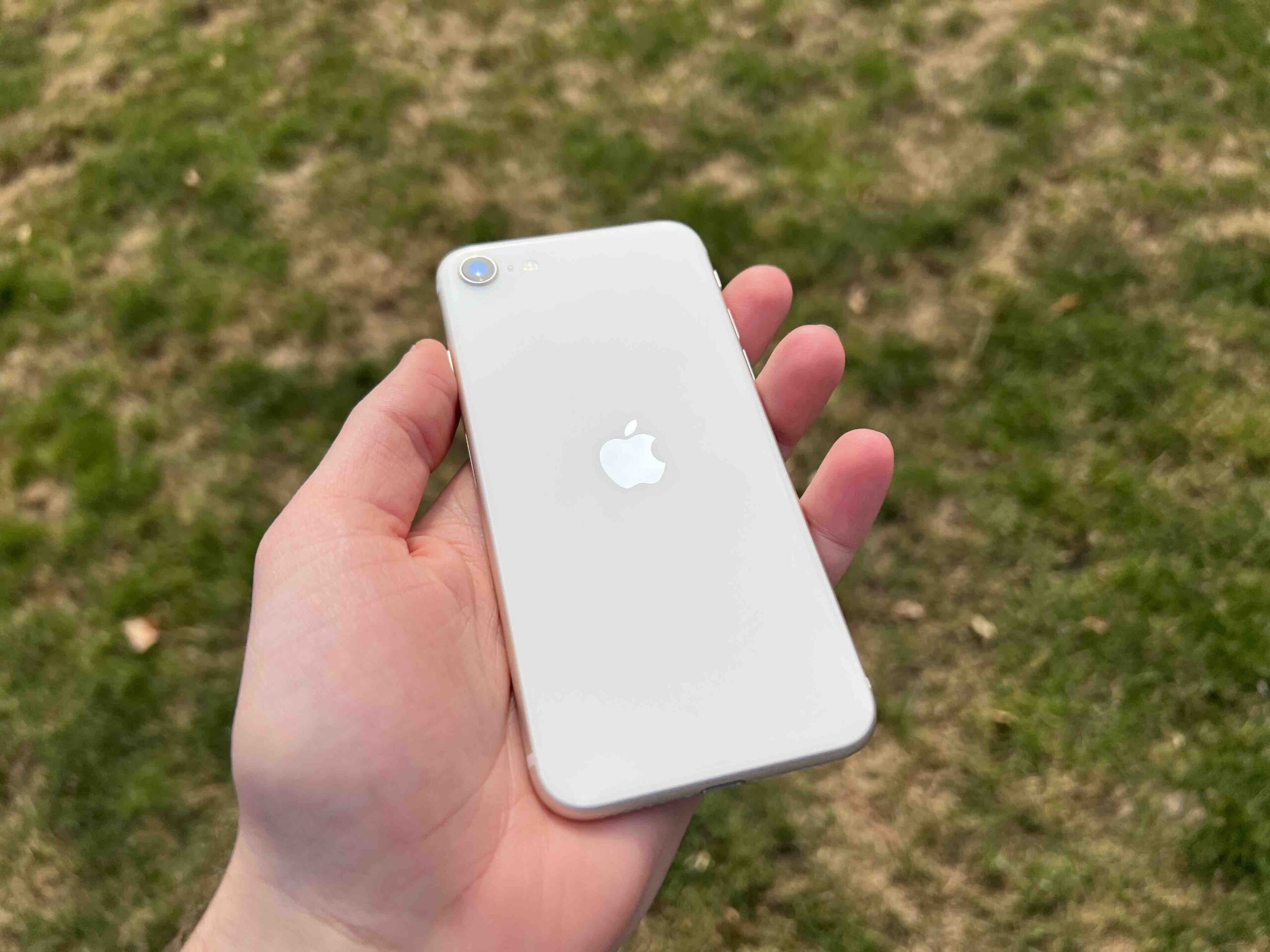
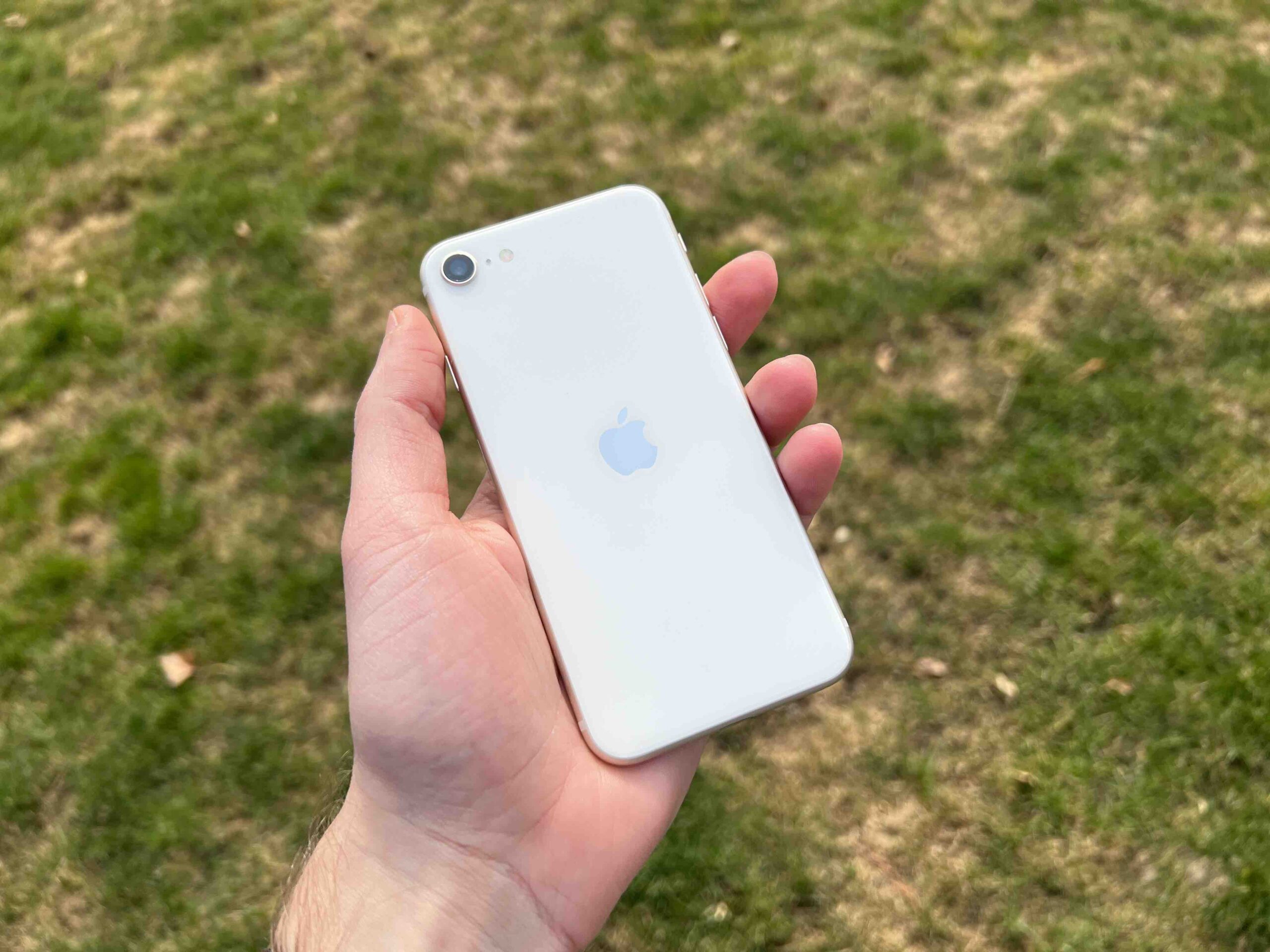
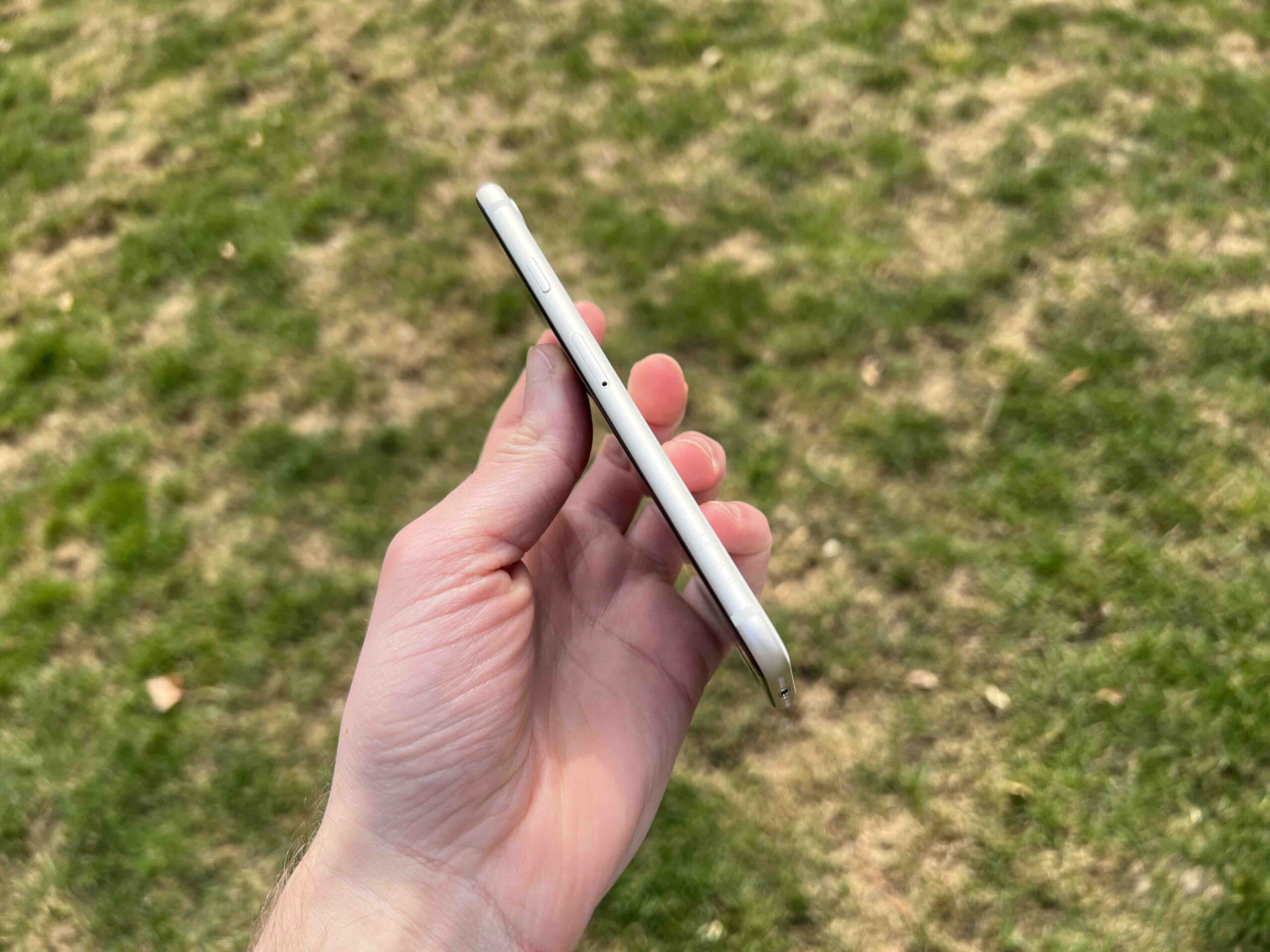
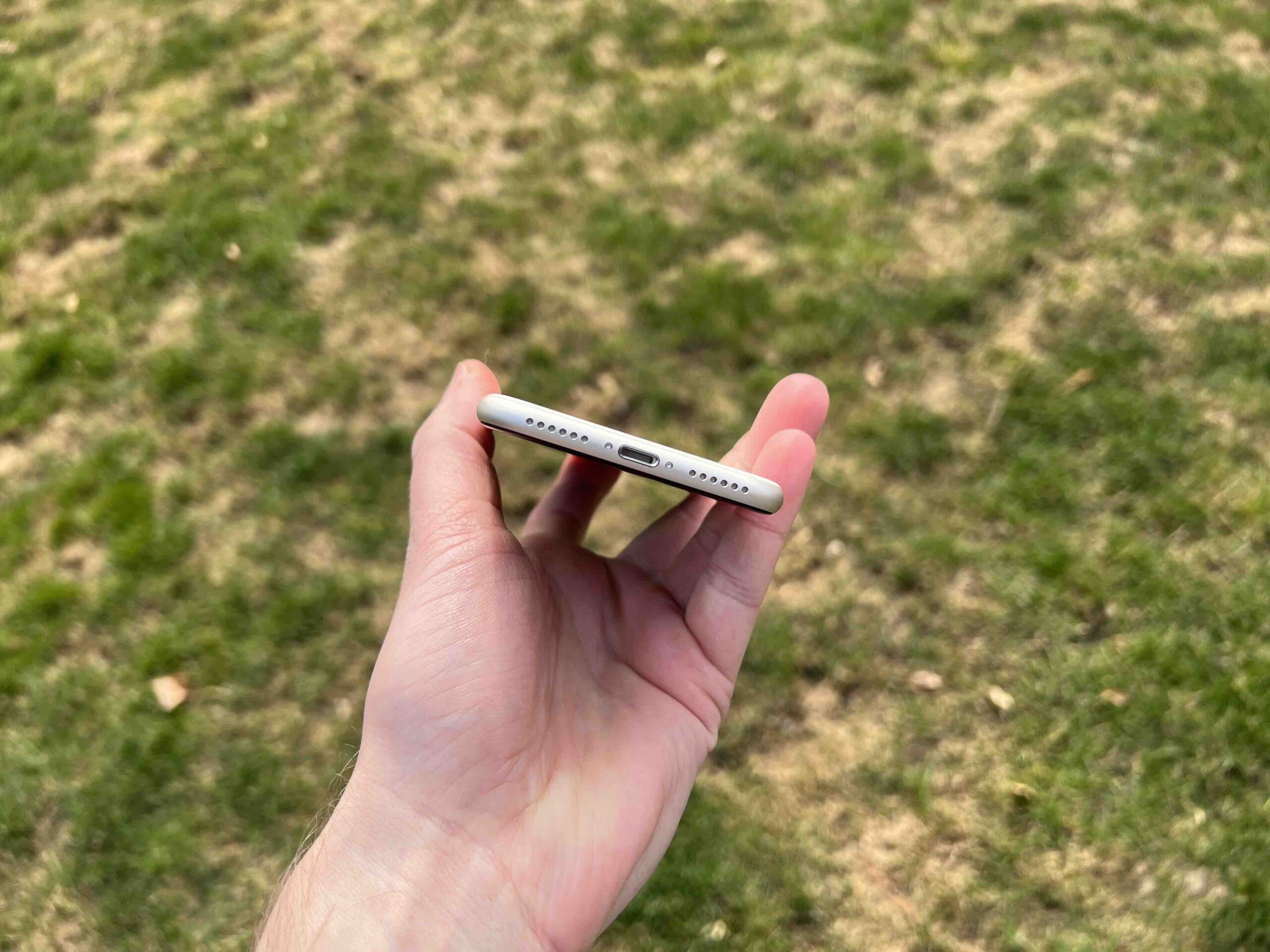
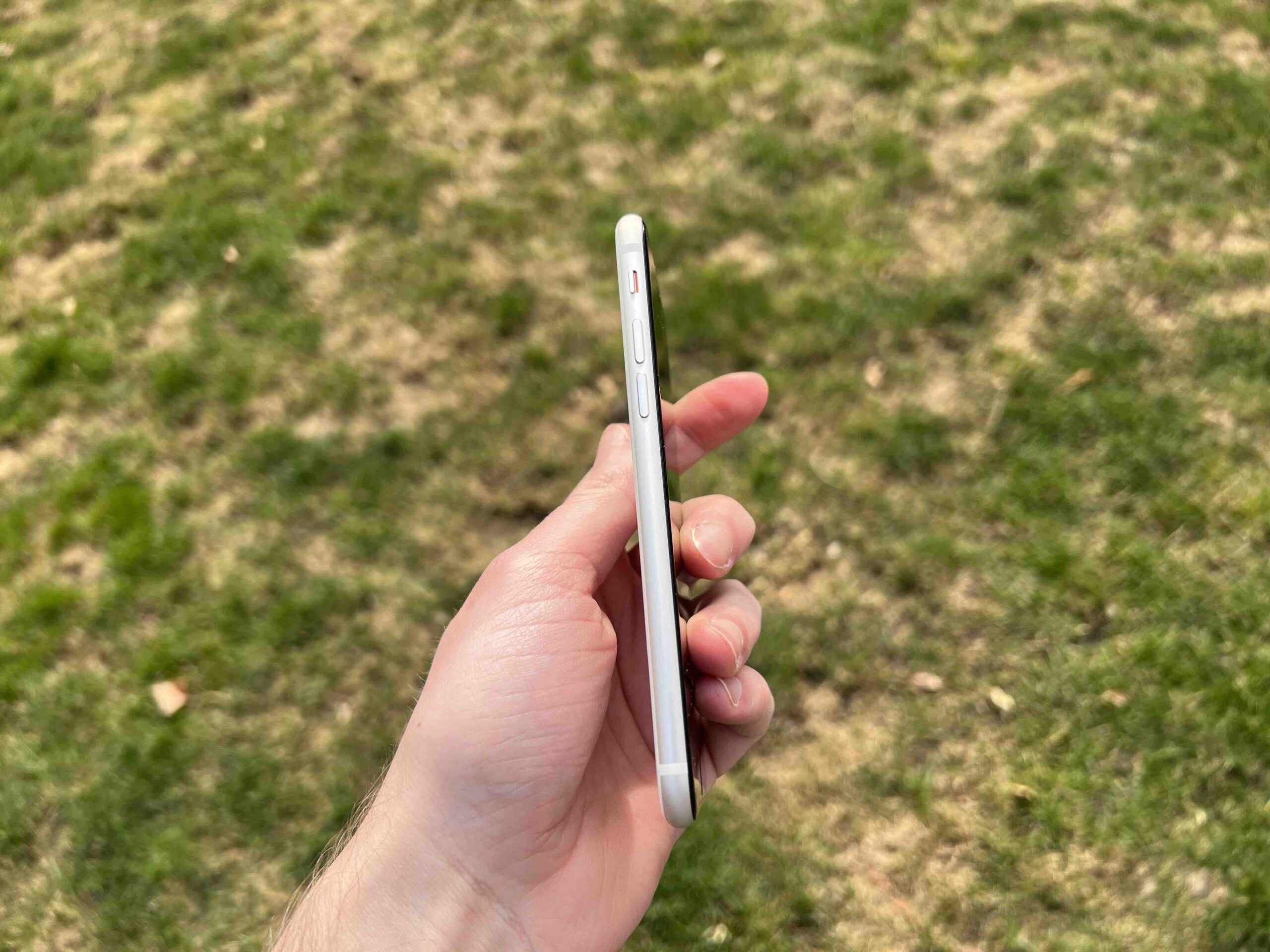
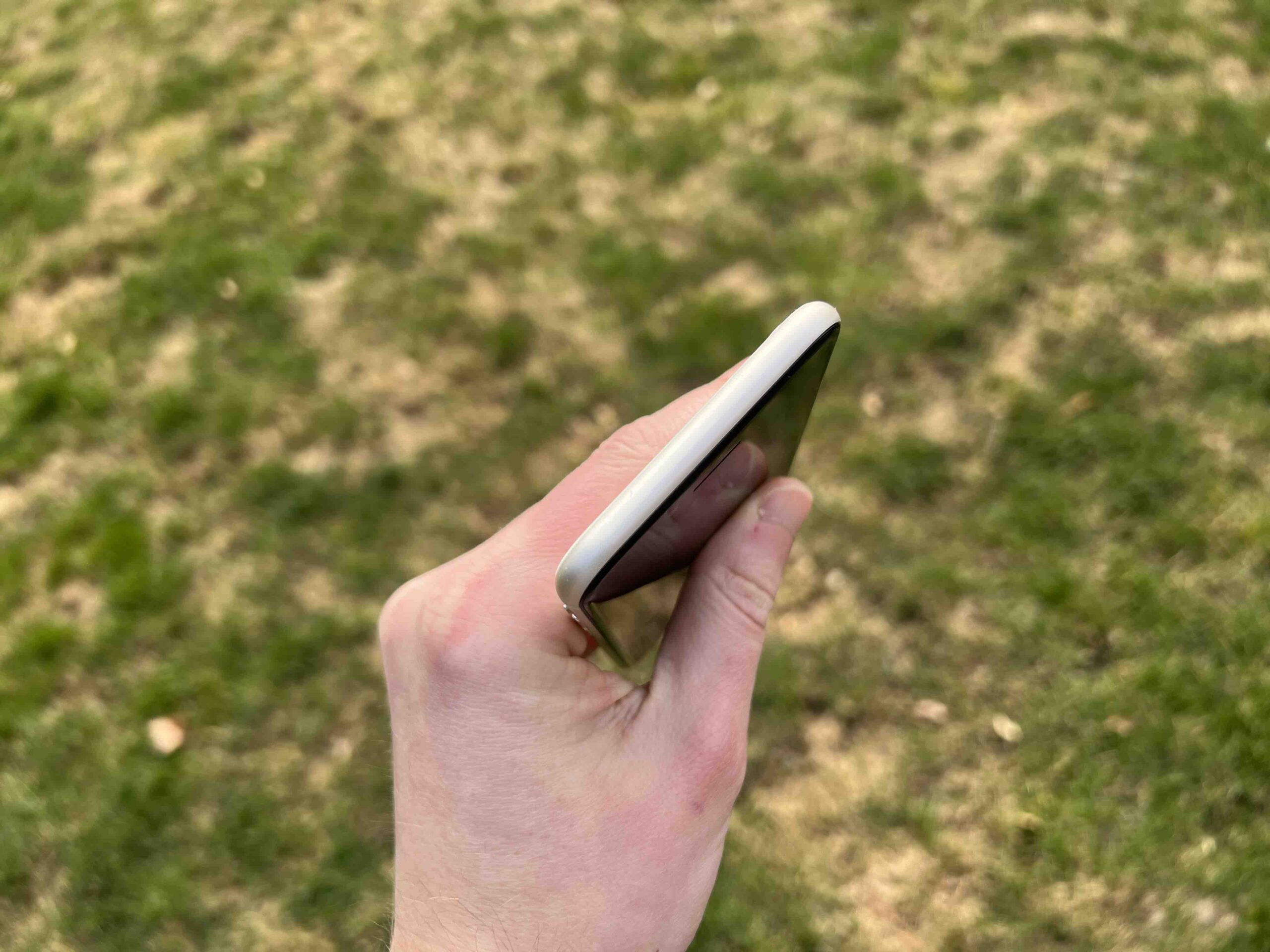
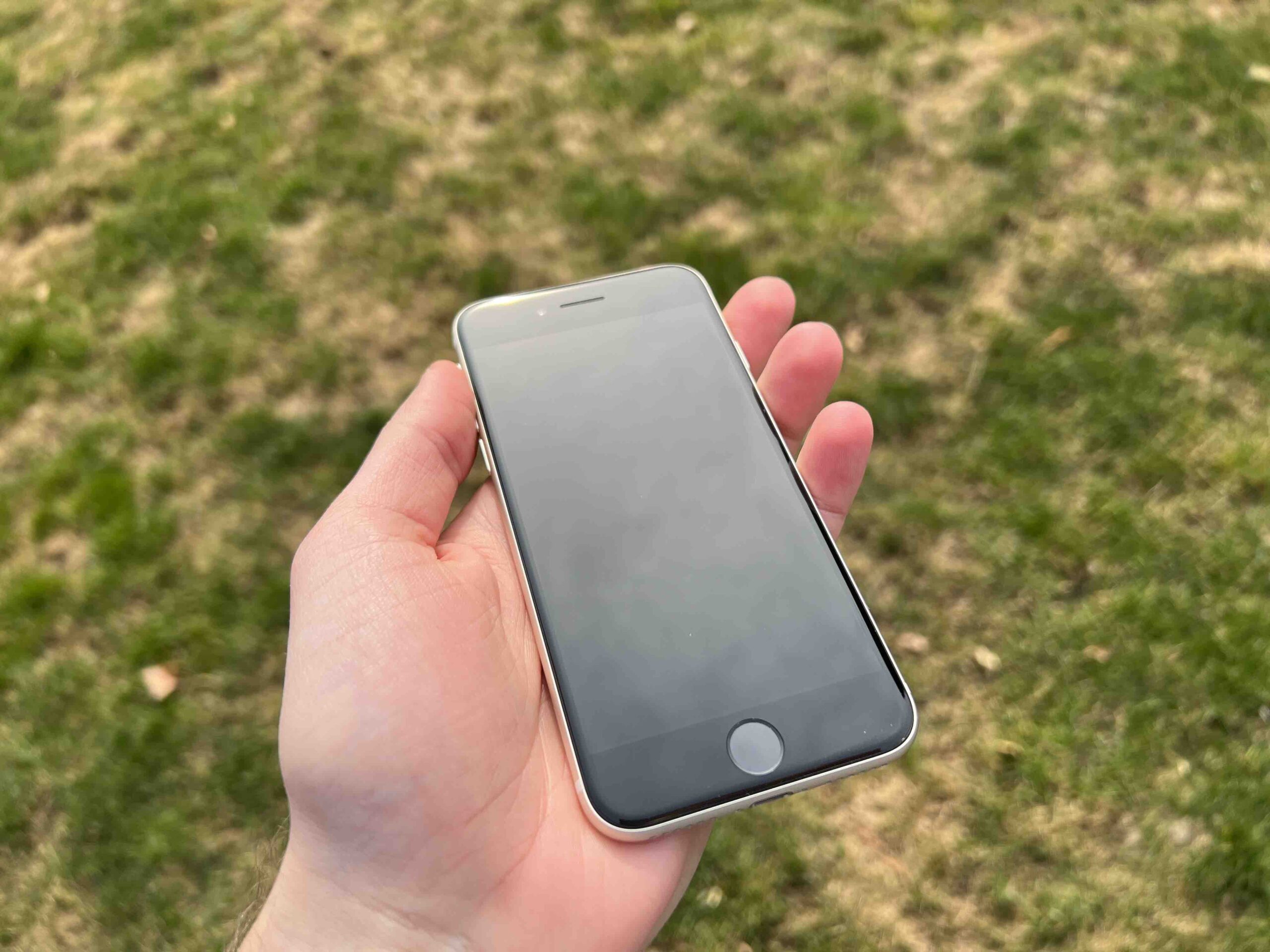
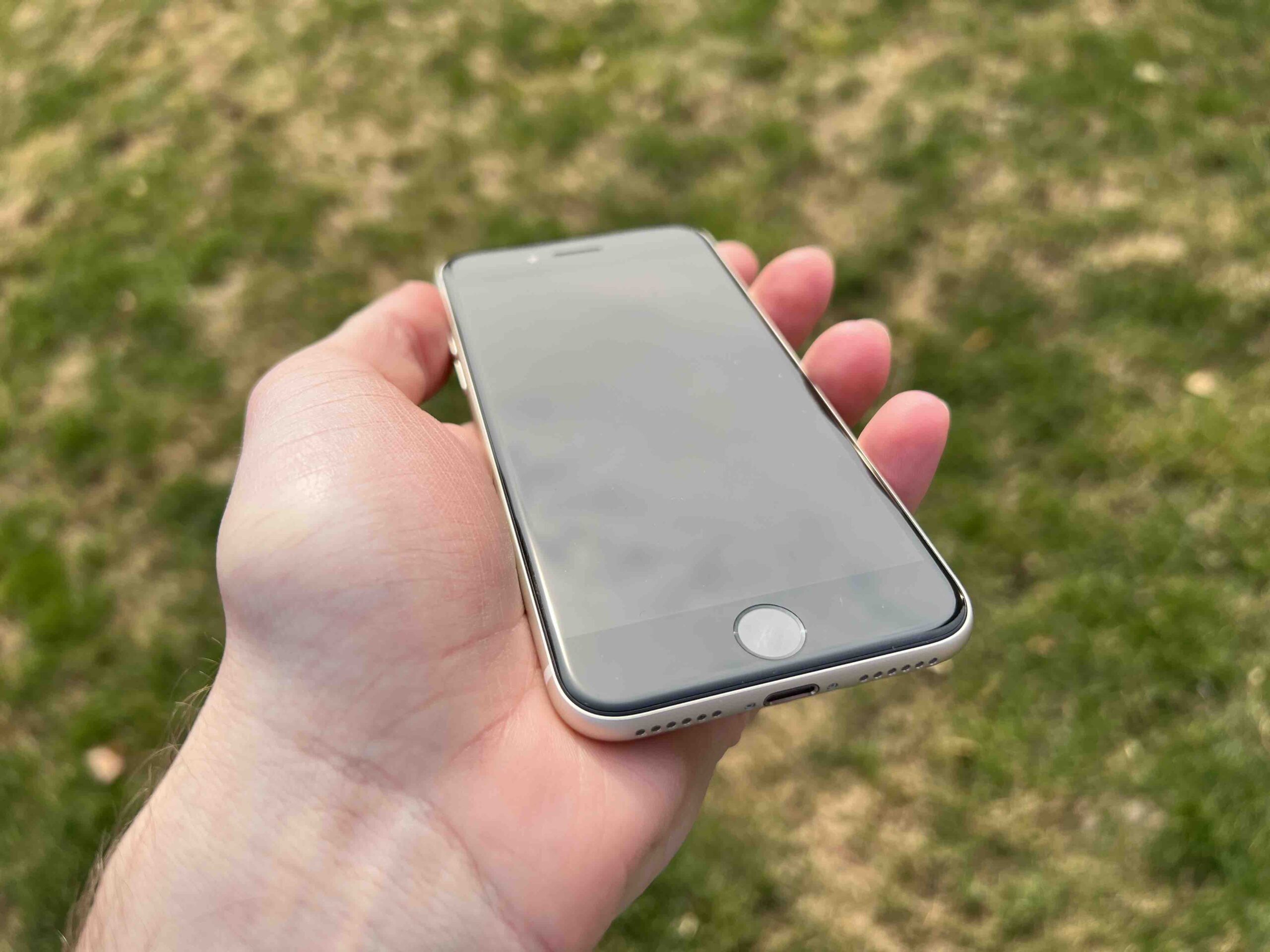
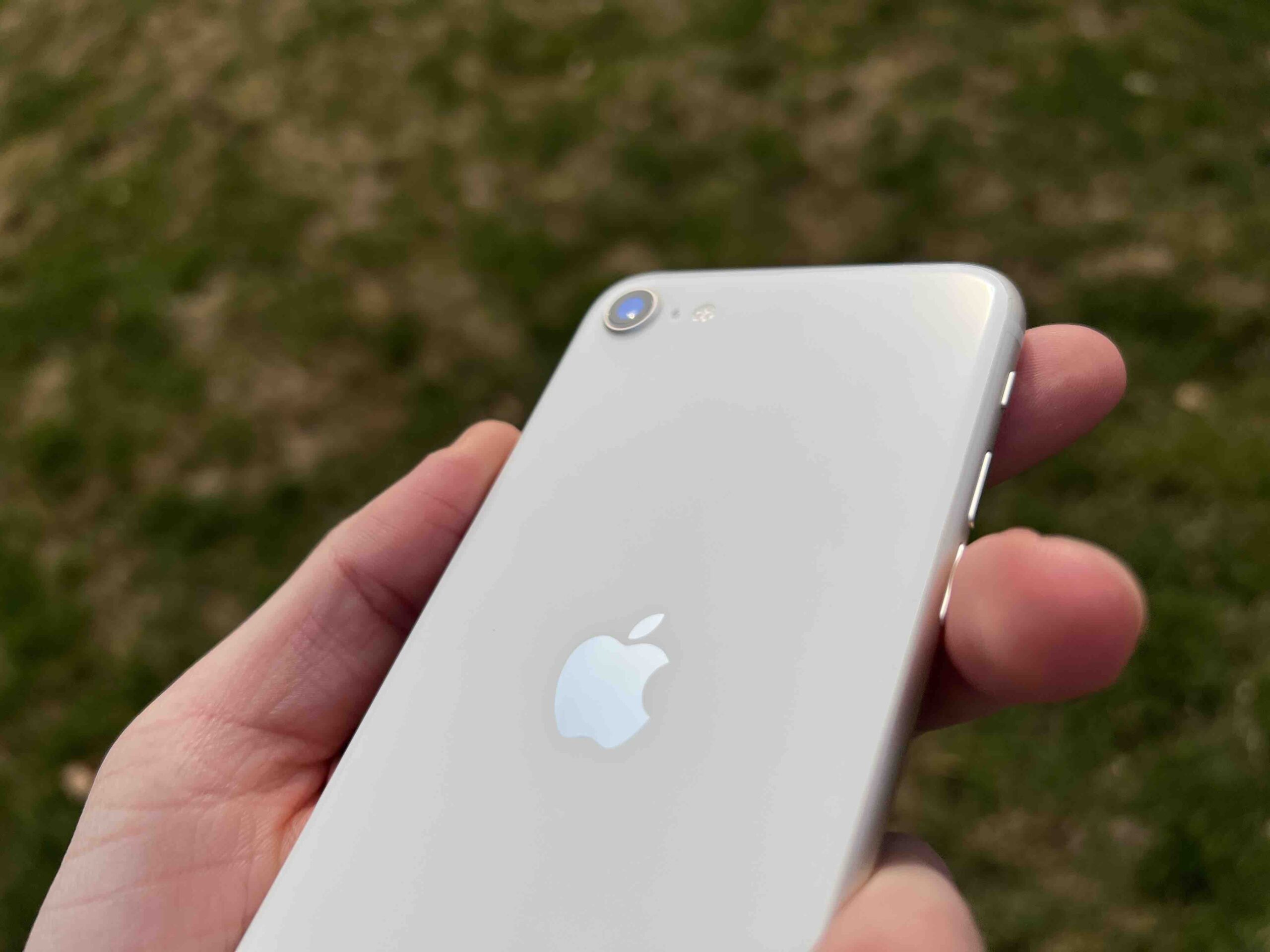
Every year there is a new iphone and expectations are always high. Somehow I can't imagine bothering with a 3 year old iphone just because its battery can be replaced. Why give up the opportunity to have better photos every year, more endurance and other news and features only for the latest model...
What about a laptop, washing machine, television, home theater, microwave, oven, projector, car? Because it's also new and better every year, isn't it?
Exactly Michal :)
I don't agree that it wasn't an iPhone that could easily be removed to replace the battery. What about the iPhone 4 and 4s, it was enough to unscrew the two screws next to the DOCK connector and slide out the back. Then unscrew the two screws holding the battery connector to the motherboard, disconnect the connector and then pull the plastic strip and the battery came off, inserted a new one and that was it. This seems to me to be completely user-replaceable, even though it is clear to me that not everyone would be able to do it anyway, but if someone is a gut, he would probably screw up the option where he just pulls out the battery and puts in another one, because he would, for example, turn it, etc.
He would have to be a total idiot. Although the average Apple user…